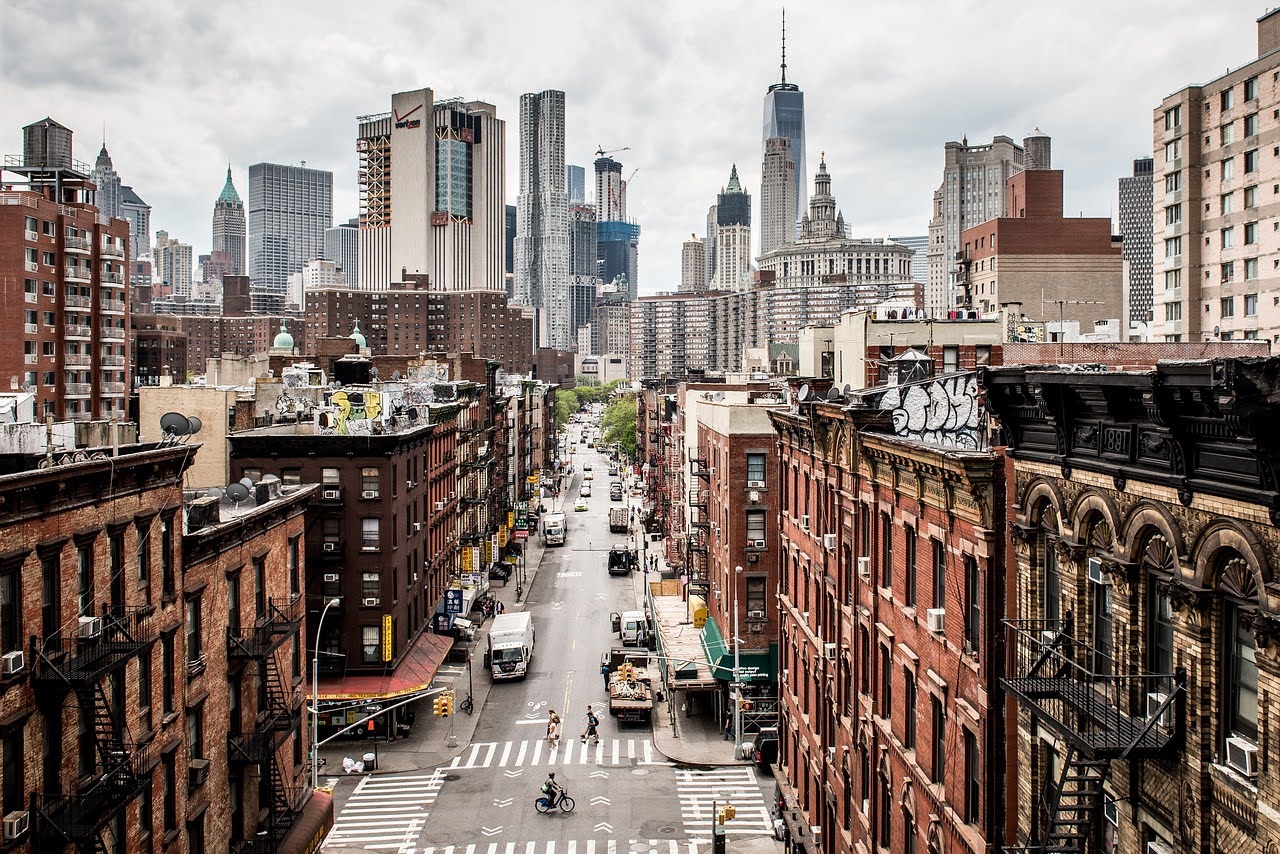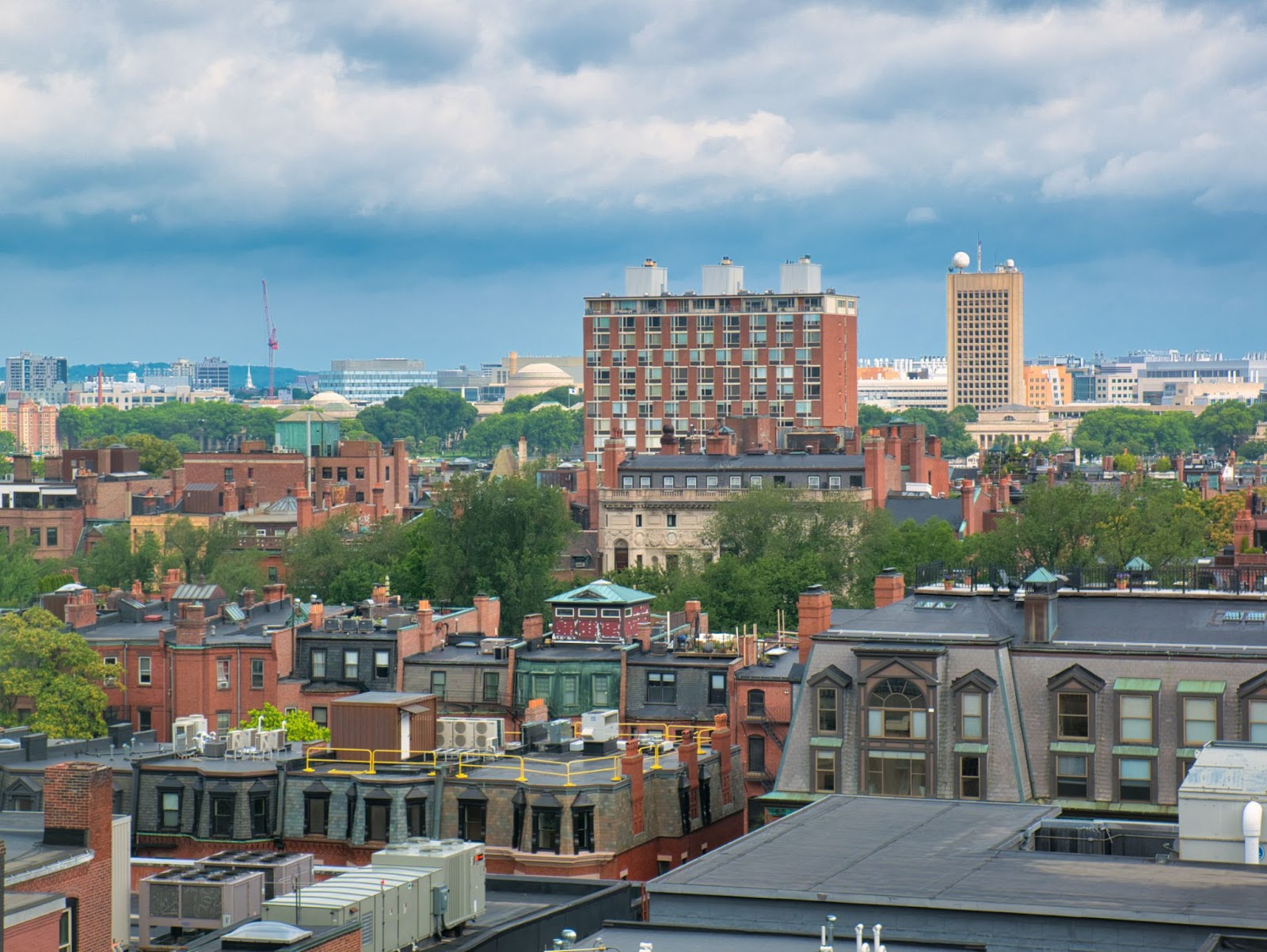Once a major manufacturing center in America, with industries filling up and sprawling across the St. Louis area because of its access to railway and water transportation, St. Louis certainly has seen better days. The city has lost a significant portion of its population within the last 50 years, making real estate in downtown St. Louis a “nightmare,” according to a recent Wall Street Journal article, which painted a picture of the downtown area as empty with boarded up towers, copper thieves and failing retail. However, in response to this article, city leaders argue that the report only shows part of the picture of Mound City.
St. Louis city leaders admitted that more work needs to be done to help revitalize their community after the Wall Street Journal article stated that the city is “desperately trying to reverse the ‘doom loop.'” But work has been done. A downtown resident, Denis Beganovic, who used to work for the city’s building and traffic divisions, realized, after the article was published, that he should have shared more with the Wall Street Journal reporter whom Beganovic gave a tour.
The resident stated, “The data that the journal uses doesn’t count what happens at the (Gateway Arch), which has its highest visitor total in a decade, the Convention Center, everything in Downtown West – Tucker to Jefferson, to (CITYPARK) stadium, City Hall, Union Station, City Museum – all these things aren’t part of the data.”
Yet, some residents argue that the Wall Street Journal painted a reasonably accurate portrait of St. Louis, stating that the article reports conditions that city residents have been reporting for nearly six years, long before the pandemic caused St. Louis to take another hit.
A walk downtown reveals empty and graffiti-covered buildings, with landmarks such as the Railway Exchange and Millennium Hotel serving as harsh reminders of what the city once was. St. Louis Alderwoman Cara Spencer believes the Wall Street Journal report “needs to be a wakeup call for our city, for our region, that this is our brand, this is our name, this is how people think of St. Louis.” This spotlight on St. Louis highlights problems that have remained over the years. Still, Spencer wants to raise awareness of the changes the city is making, like passing legislation that allows St. Louis to redevelop properties.
City leaders are not shying away from the problems the Wall Street Journal raised, noting that the report reveals nothing new to them. However, senior vice president and chief downtown officer for Greater St. Louis, Inc. Kurt Weigle wants the positive factors to be addressed, stating, “The future of downtowns is going to be a lot more mixing of uses. It’s got to be a lot more residential. We’ve already started to see that.”
Further proving that positive change is being seen are current city residents, like Jonathan Harley, who recently moved to St. Louis from another area. Harley said, “Before I moved here, I was under the impression that people were leaving in masses… As I moved down here and live down here, I don’t see that.”
With the Wall Street Journal revealing nothing new but neglecting the whole St. Louis picture, city leaders want city residents and others to know that change is being made and recognize there is still time to revitalize this city.














































































































































































































































































































